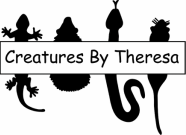Things to Consider
- Learn everything you can
- Know where you will live and what your income will be for the entire life span of your pet.
- Think about what you want to do with your pet and how much time can you honestly spend with it every day
- Visit someone who already has the type of pet you are interested in and spend some time with it
- Be tested for animal allergies
- Consider adopting an animal from a shelter or individual

